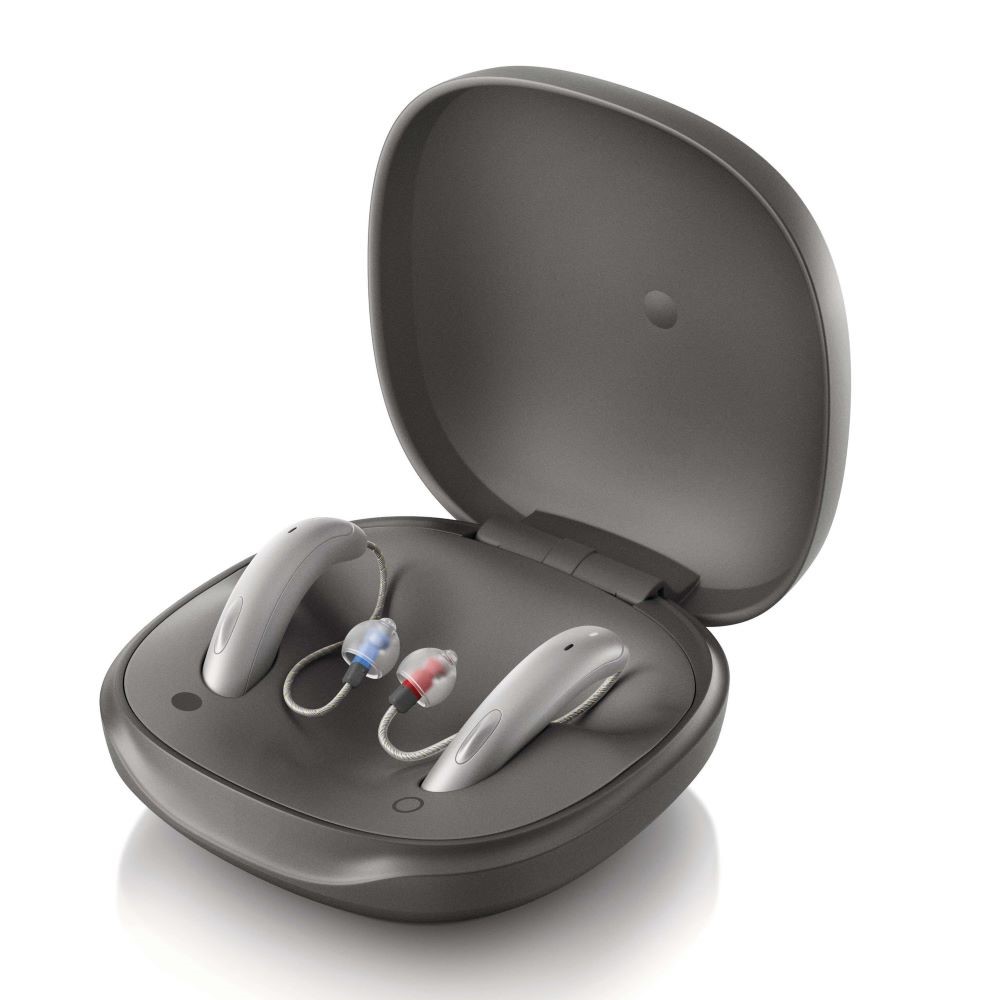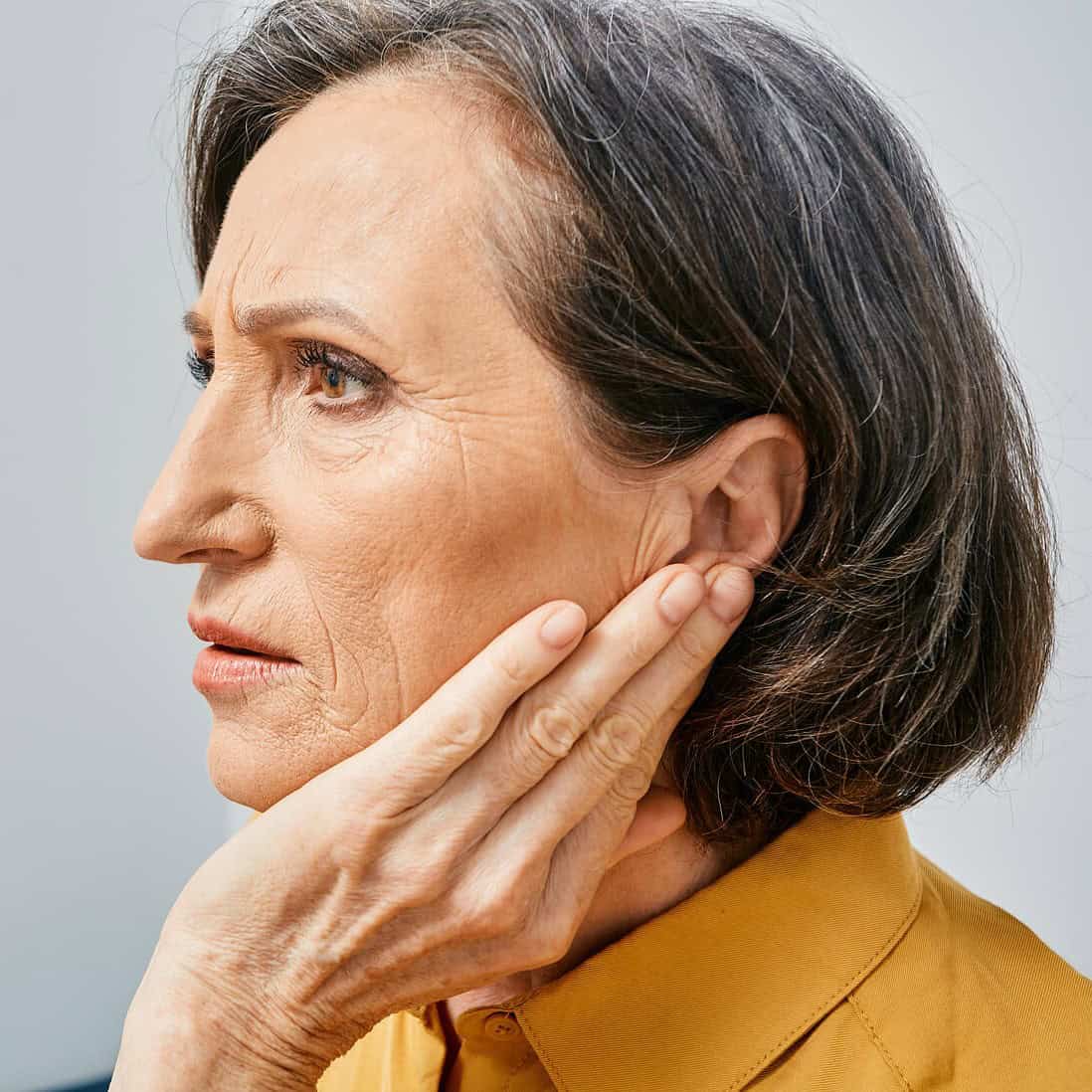Welcome to Hear for you Hearing Aid Center
At Hear for You Hearing Aid Center, we believe that every sound has a story to tell. We are here to help you listen to each chapter with clarity and joy. As your trusted source for comprehensive hearing care, we welcome you to a world where sound comes to life in its purest form. Our commitment to your hearing well-being is unwavering, and our staff is dedicated to providing personalized solutions that cater to your unique needs. Whether you're seeking diagnostic assessments, state-of-the-art hearing aids, specialized treatments, or expert guidance, we’re your partner on your journey to rediscover the beauty of sound. Explore our range of services and let us help you script the next chapter of your hearing story.
About Us
Services
Discover our comprehensive range of professional hearing services. Our offerings include complete diagnostic hearing testing to ensure appropriate treatment recommendations; and tailored hearing solutions, including state-of-the-art hearing aids, to match your lifestyle and budget. We offer efficient and affordable hearing aid repairs. Explore our over-the-counter (OTC) solutions for convenience. For those seeking relief from bothersome tinnitus symptoms, our expertise in tinnitus evaluation & treatment provides relief. We conduct cognitive screenings, offer custom hearing protection, and assistive listening devices (ALDs) for better hearing. Your journey to optimal hearing health starts with our dedicated and compassionate staff. We are Hear for You.
Learn MoreWhy Choose Hear for you Hearing Aid Center?

Personalized Care Tailored to Your Needs:
We understand that every individual's hearing needs are unique. The staff at Hear for You Hearing Aid Center takes a personalized approach to ensure your hearing solution perfectly matches your needs.
Exceptional Customer Support and Follow-Up:
Our commitment doesn't end with the fitting of your hearing aids; it's just the beginning. We provide ongoing support, adjustments, and maintenance to ensure that your hearing aids continue to deliver optimum performance.
Cutting-Edge Technology for Superior Hearing Clarity:
Prioritize your hearing experience with state-of-the-art hearing aid technology. Our devices incorporate the latest advancements in sound processing, noise reduction, and feedback cancellation, ensuring that you receive unparalleled hearing clarity even in challenging environments.










